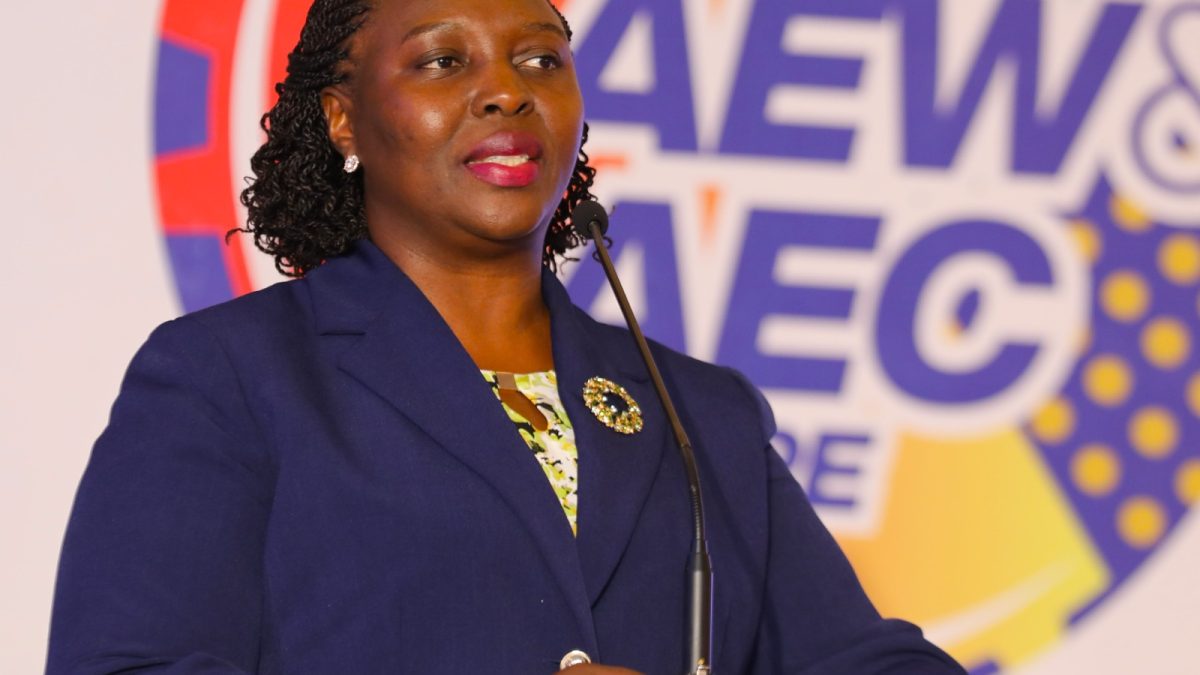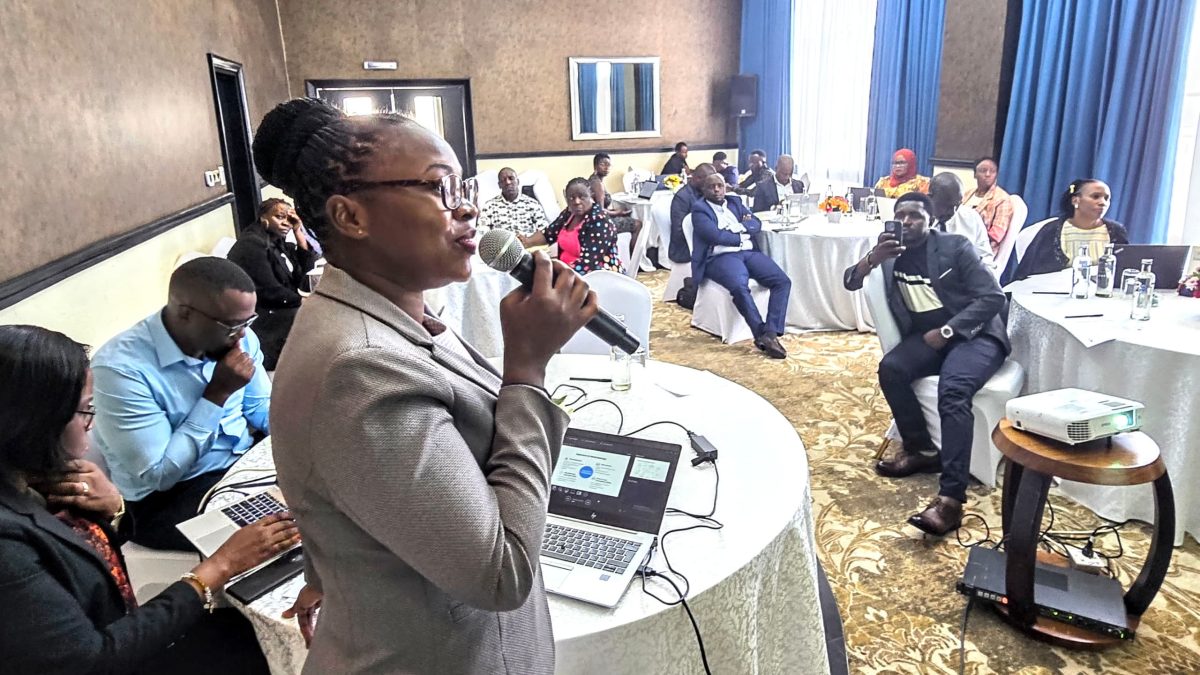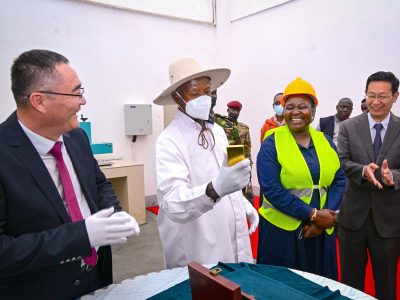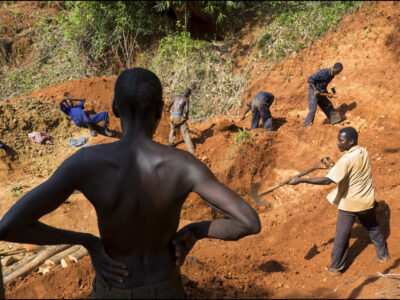
Civil society organisations under the Civil Society Coalition on Oil and Gas (CSCO) have expressed reservations about Uganda’s ability to generate significant revenue from the mining and minerals sector as projected in the draft for the second Domestic Revenue Mobilization Strategy (DRMS).
The DRMS is designed to improve revenue collection and increase the tax-to-GDP ratio. It aims to enhance government revenue to support the budget, encourage investment, and ensure a fairer and more transparent tax system.
Uganda’s first DRMS, launched in 2019 aimed to increase the tax-to-GDP ratio from 12.5% to 16-18% by 2024. The figure remains below 15%, however.
The new DRMS (2025–2029), currently in draft form, is designed to support the country’s ten-fold growth strategy – which seeks to grow Uganda’s economy from $50 billion in FY2023/24 to $500 billion by 2040.
Mineral development has been identified as one of the potential engines of this economic transformation. The other key sectors are agro-industrialization, tourism development, and science – all collectively referred to as ATMS.
“We think the government has a lot it has to do if the mining sector is to generate the targeted revenues. There are still gaps in formalization, leakages in revenue collection, weak institutional coordination, and a lack of transparency in the licensing and taxation systems,” said Paul Twebaze, a Research Fellow at Advocates Coalition for Development and Environment (ACODE).
He was speaking on the sidelines of a recent CSCO consultative meeting organized with support from the Natural Resource Governance Institute (NRGI) and ACODE, to review the draft DRMS’ revenue projections especially in relation to the minerals and mining sector.
Mineral occurrences in Uganda include copper, cobalt, gold, gypsum, salt, phosphate, limestone, iron ore, graphite, nickel, rare earth elements (REEs), kaolin, lead, tin, wolfram, zinc and lithium, with the government hoping to harness them for value addition, industrialization and economic development.
According to the Uganda Bureau of Statistics (UBOS) mining contributed 2.2% to the national GDP, in the 2022/23 financial year (about $1.1 billion).
But speaking at a forum in March this year, Joseph Enyimu, the Ag. Commissioner Economic Development, Policy and Research Department at the Ministry of Finance, Planning and Economic Development, said the state expects interventions in the mineral sector (including oil and gas) to contribute up to $25 billion annually to GDP in the coming years.
He noted that investments in infrastructure including roads and electricity were meant to support the extractive sectors, in addition to extensive exploration to quantify the country’s deposits which would in turn attract serious commercial mining operations.
In the 2025/26 national budget, UGX 875.8 billion ($ 245m) was earmarked for mineral-based industrial development (including oil and gas), with the money meant to address resource quantification, establishing a minerals-tracking system to ease exports, capitalizing the Uganda National Mining Company (UNMC) plus strengthening the fiscal regime and governance framework to facilitate the exponential growth of the extractives.
Other planned interventions include improving government revenues accountability and transparency, adding more value addition facilities and facilitating private sector participation in the extractives.
The Sarrai Group was handed the redevelopment of the Kilembe copper mines in May this year. In addition companies like Wagagai (gold), Blencowe (graphite) and IonicRE (REEs) are expected to lead this transformation of the mining industry.
Not Enough
Twebaze, however, says the reality on the ground doesn’t match government’s ambitious projections, with Uganda’s mining sector underperforming due to outdated systems, poor data and weak enforcement.
Revenue leakages and policy inconsistencies – including non-transparent tax holidays, weak local participation, and limited value addition – continue to drain potential income from the sector, he said.

Twebaze making a point at the workshop
“If some of these gaps are not closed, it may be very hard to rely on Uganda’s mining sector in its current state to generate the desired revenue. We need stronger licensing systems, financing access for local investors, and a more open and inclusive governance model,” Twebaze said.
While the previous DRMS had highlighted the need to strengthen taxation regimes in the extractives, little progress had been made in practice, Twebaze added.
The DRMS largely looks at Uganda becoming self-reliant, funding most of its national budget especially with donor aid and grants declining amidst growing national debt.
“The government wants to reduce dependence on donor funds and instead use revenues generated from sectors like mining to finance national priorities, especially the National Development Plan IV (NDP IV) and Vision 2040 and attainment of middle-income status,” said Twebaze.
Debt burden
Uganda continues to operate under heavy financial pressure. The country’s debt-to-GDP ratio is projected to hit 53.34% in FY2025/26, well above the target of 49.3% set under the Charter of Fiscal Responsibility.
“Government expenditure regularly outpaces revenue, leading to over-reliance on external loans, some of which are resource-backed – a risky form of borrowing based on unexploited minerals and oil. If the extractives are going to help close that gap, then the government must reform how the sectors are managed and taxed,” said Twebaze.
Other participants at the workshop warned that the country’s growth ambitions are likely to falter due to persistent governance issues, including corruption, weak institutions, and poor public accountability.
The CSOs plan to compile their findings and policy recommendations in a position paper that will be shared with government stakeholders, including the Ministry of Energy and Mineral Development, the Ministry of Finance, the Uganda National Mining Company, and the Extractive Industries Transparency Initiative (EITI) Secretariat. A multi-stakeholder dialogue is also being planned to present their proposals.









